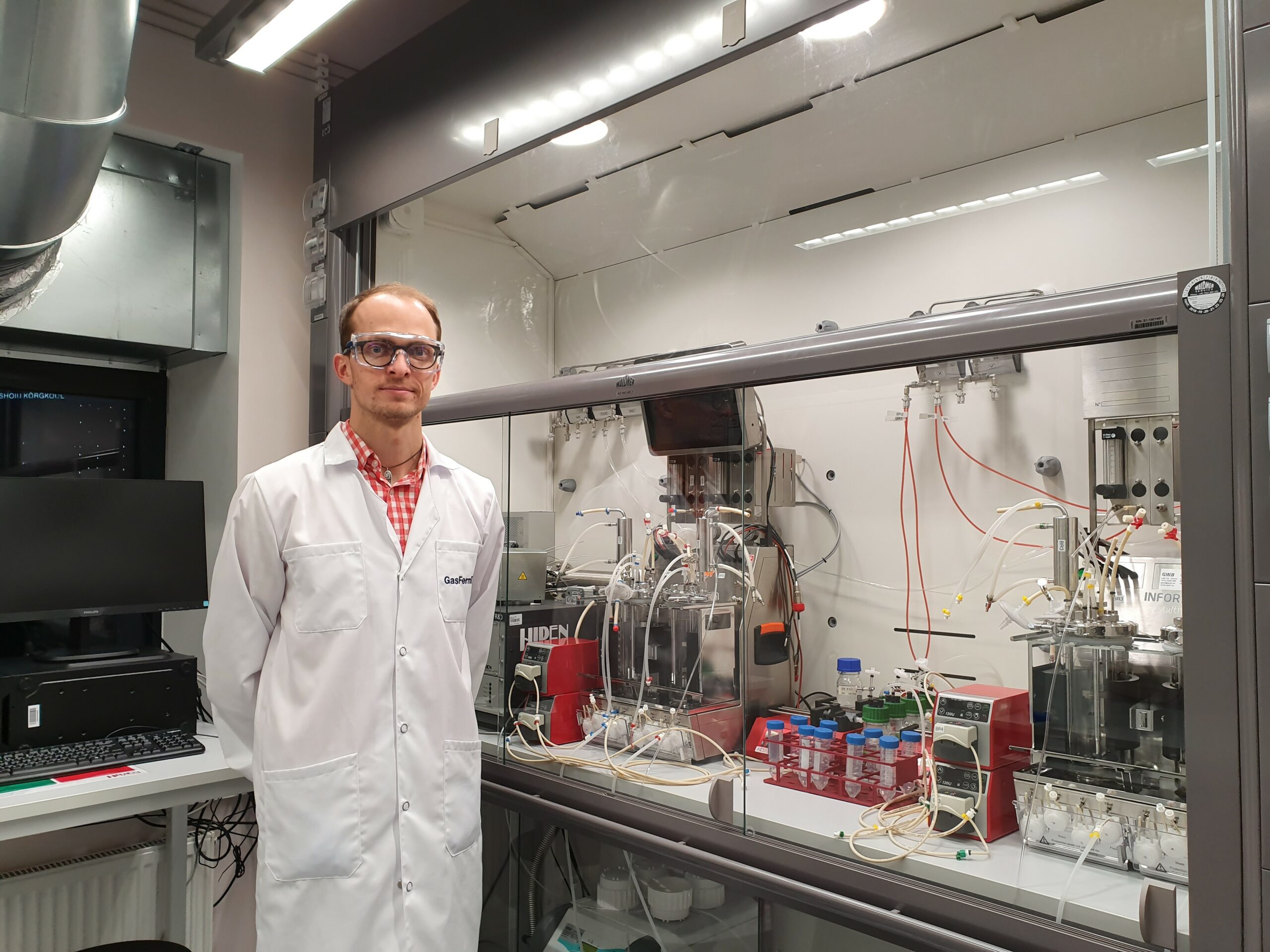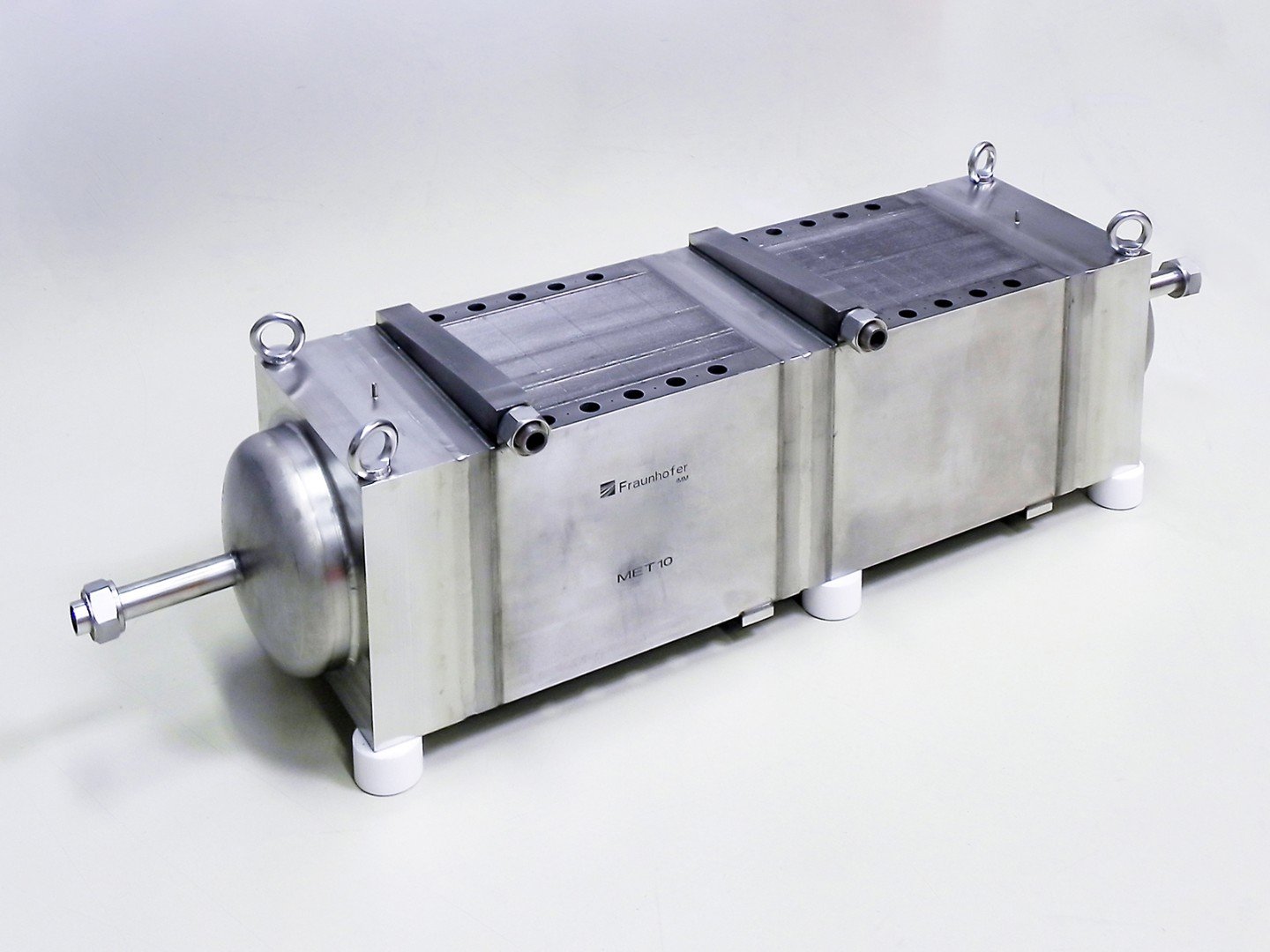
About Decarbonizing Europe
What does the Recovery and Resilience Facility entail?
The European Commission has made available an amount of 723.8 billion euros
to combat the consequences of the corona crisis and make Europe greener, cleaner, and future-proof. All member states have the opportunity to submit plans for disbursement from this Recovery and Resilience Facility.
Who is participating in the Recovery and Resilience Facility?
All the member states of the European Union. All member states? No, The Netherlands has not submitted plans as yet. Although, it became public knowledge at the end of January that hard work is going on behind the scenes in the Netherlands to secure some of those European billions.
What do the member states have to spend the money on?
At least 37 percent of the funding should be used for making their countries more sustainable and 20 percent for digitalization. In addition, there are also other key points:
– Smart, sustainable and inclusive growth
– Social and territorial cohesion
– Public health, economic, social, and institutional resilience
– Policy for future generations
What else is happening?
Apart from that, the EC has identified several so-called flagship areas:
– Power up
– Renovate
– Recharge and Refuel
– Connect
– Modernise
– Scale-up
– Reskill and upskill
What is Innovation Origins planning to do?
Over the next few months, we will be focusing on the implementation of these plans. We will be outlining what each country is doing to reduce CO₂ emissions, and we will be reporting on innovative projects. Infographics will allow you to compare the member states’ efforts with each other.
The country can make good use of these green technologies, as it is still heavily dependent on oil shale, a rock from which oil is produced.
Gas fermentation as solution
“The concentration of CO2 in our atmosphere is higher than ever and still growing. The energy transition through decarbonization is happening, but heavy industry and transportation in particular will continue to rely on carbon for some time to come. Fermentation is one way to replace fossil carbon with recycled carbon,” says Kaspar Valgepea, assistant professor at the University of Tartu.
He holds the European Research Area (ERA) chair for Gas Fermentation Technologies and established the state-of-the-art GasFermTEC laboratory in Tartu in 2019. The laboratorium is part of the Estonian Centre for Biosustainability (ECB). With this green technology, the scientist aims to rid Estonia – and eventually the rest of the world – of two major problems of the climate crisis: excess of CO2 in the atmosphere and ever-growing mountains of waste.
Traditional VS new generation gas fermentation
Traditional fermentation, in which sugar is the raw material, has been carried out on a large scale for hundreds of years. The most well-known fermentation process is conversion of sugars from malt or grapes into alcohol for beer and wine, using yeast.
Over the past twenty years, researchers and the industry have intensively worked on microorganisms that can grow on CO2 as a carbon source, without the need of light for energy. The idea is simple: gas fermentation is a next-generation, sustainable biotechnology that uses harmful gases, such as CO or CO2 as substrate, instead of sugar. Carbon emissions are thus “fed” to microorganisms that convert the pollution into valuable bio-products.

Sustainable reuse of CO2
Valgepea’s research focuses not on the storage of CO2, but on its sustainable reuse. His team is following two lines of research. “We want to better understand how the bacterial cell works. With that knowledge, we then want to modify the genetic code of the metabolism to convert CO2 and CO into native products more efficiently. Or into new products, so that gas fermentation becomes smarter and more widespread.”
Thus, the Estonian scientist does not focus on specific CO2 or CO streams. Instead, the emphasis is on understanding the bacteria and finding general solutions that actually find application in practice. In Tartu, different gas mixtures, environmental conditions and bacterial strains are tested and engineered. “Our task is to simulate situations as realistically as possible and identify what happens to the bacteria under certain conditions.”
Hardware and mathematical models
In the laboratory, hardware and mathematical models play an important role. “We can replicate and model the cell using data. For example, we can see what happens to a cell if we feed more gas to it. Or modify the genetic code of metabolism so that we can make the process of gas fermentation more efficient. In this way, we know within five seconds how the cell responds, whereas in a real-life experiment it would take weeks.”
“We want to better understand how the bacterial cell works. With that knowledge, we then want to modify the genetic code of the metabolism to convert CO2 and CO into native products more efficiently.”
Kaspar Valgepea
Unique laboratory
The laboratory in Tartu is unique. Worldwide, there are only a handful of similar facilities allowing replication of industrial-like conditions at a laboratory scale. Valgepea gained experience during his postdoc at the University of Queensland in Australia. For example, the research team he was part of developed a bacterial strain that converts waste gas into a biodegradable bioplastic together with the American biotech company LanzaTech.

When the opportunity came along to start up a gas fermentation lab in his home country, he didn’t hesitate for a moment. He has been at it for three years now and is running a fully functioning facility. He still works closely with both LanzaTech and the Australian lab. Here he is also partnering with local companies. “Ideas can turn out great in the lab, but they also have to be applicable on industrial scale.”
Together with industry leader LanzaTech, GasFermTEC is working on improving the already commercialised gas fermentation process through process optimisation and engineering of bacteria.
Complicated research
Not many research groups or companies are working on the technology because the research is complicated. Fermenting waste gases into useful products can take place in the absence of oxygen. “You can’t just buy standard equipment and start a laboratory. Any mistake you make with oxygen will cause your experiment to fail. That makes everything take a lot of time.”
High expectations
Valgepea has high hopes for biotechnology in general and hopes that the Estonian government sees that too. “When Estonia allocated 100 million euros of its EU recovery plan for a Green Fund, Estonia’s three largest universities put forward ideas how to take bioscience research in our country to the next level. We hope the government will support our initiative.”

Support us!
Innovation Origins is an independent news platform that has an unconventional revenue model. We are sponsored by companies that support our mission: to spread the story of innovation. Read more.
At Innovation Origins, you can always read our articles for free. We want to keep it that way. Have you enjoyed our articles so much that you want support our mission? Then use the button below:

